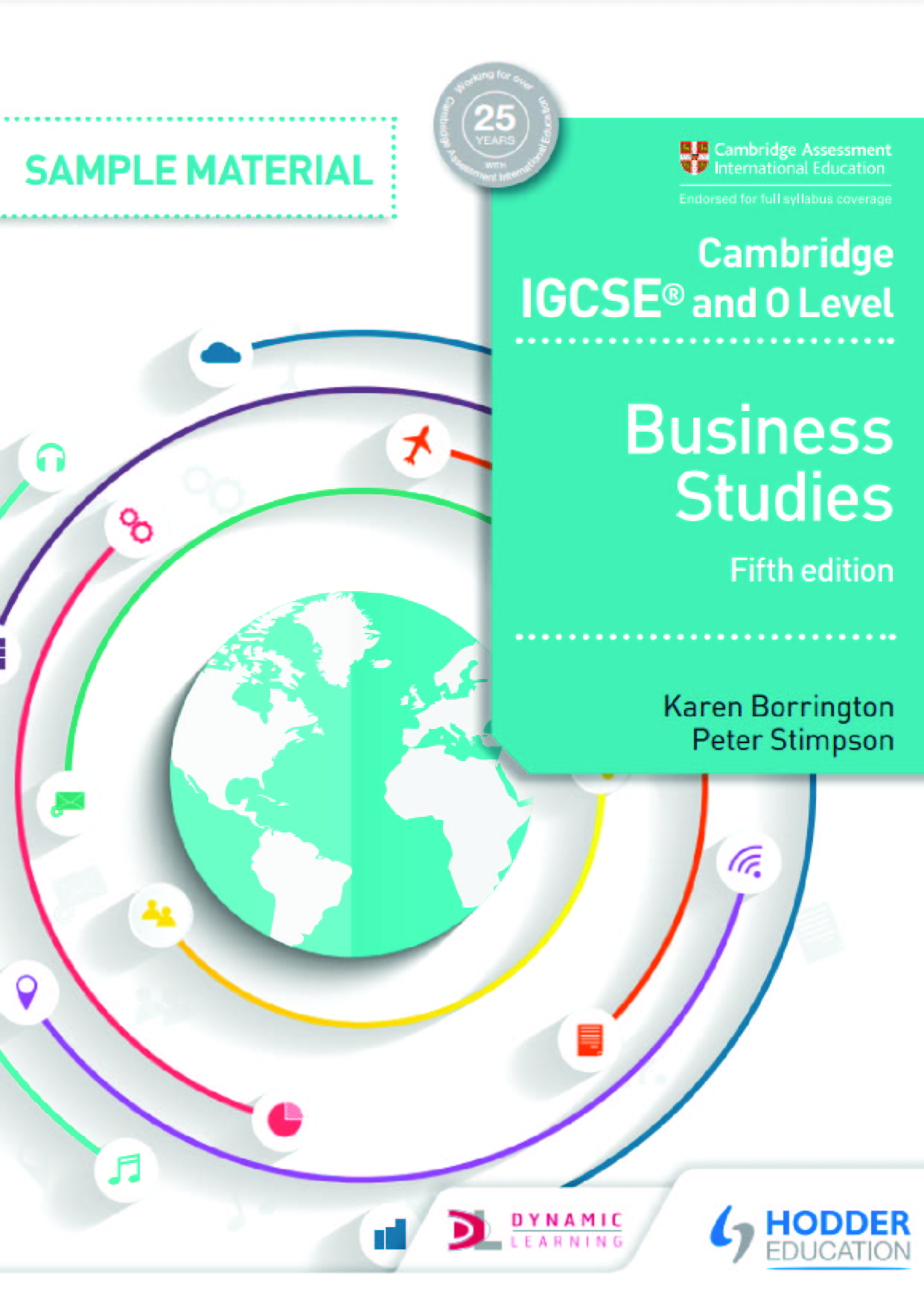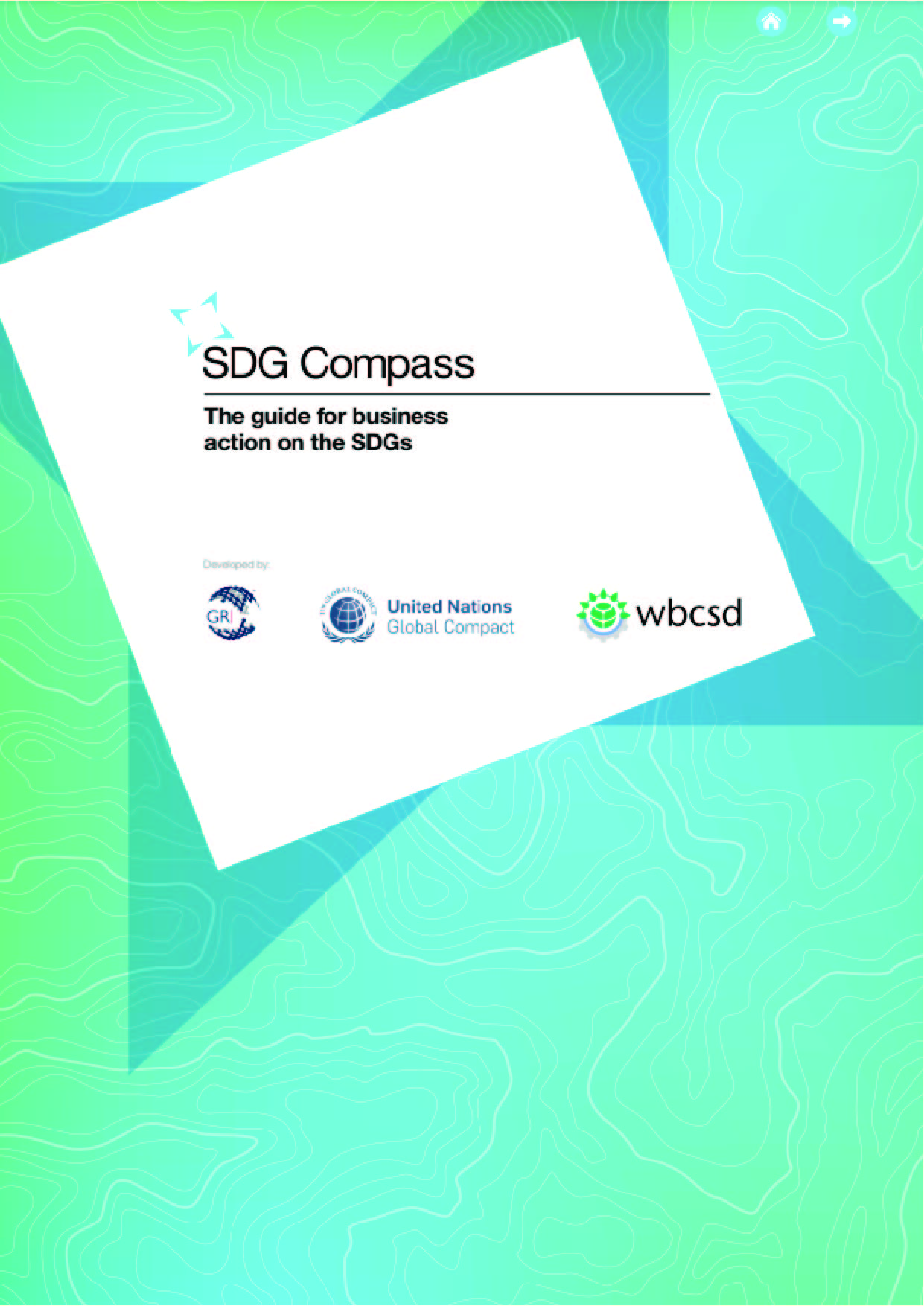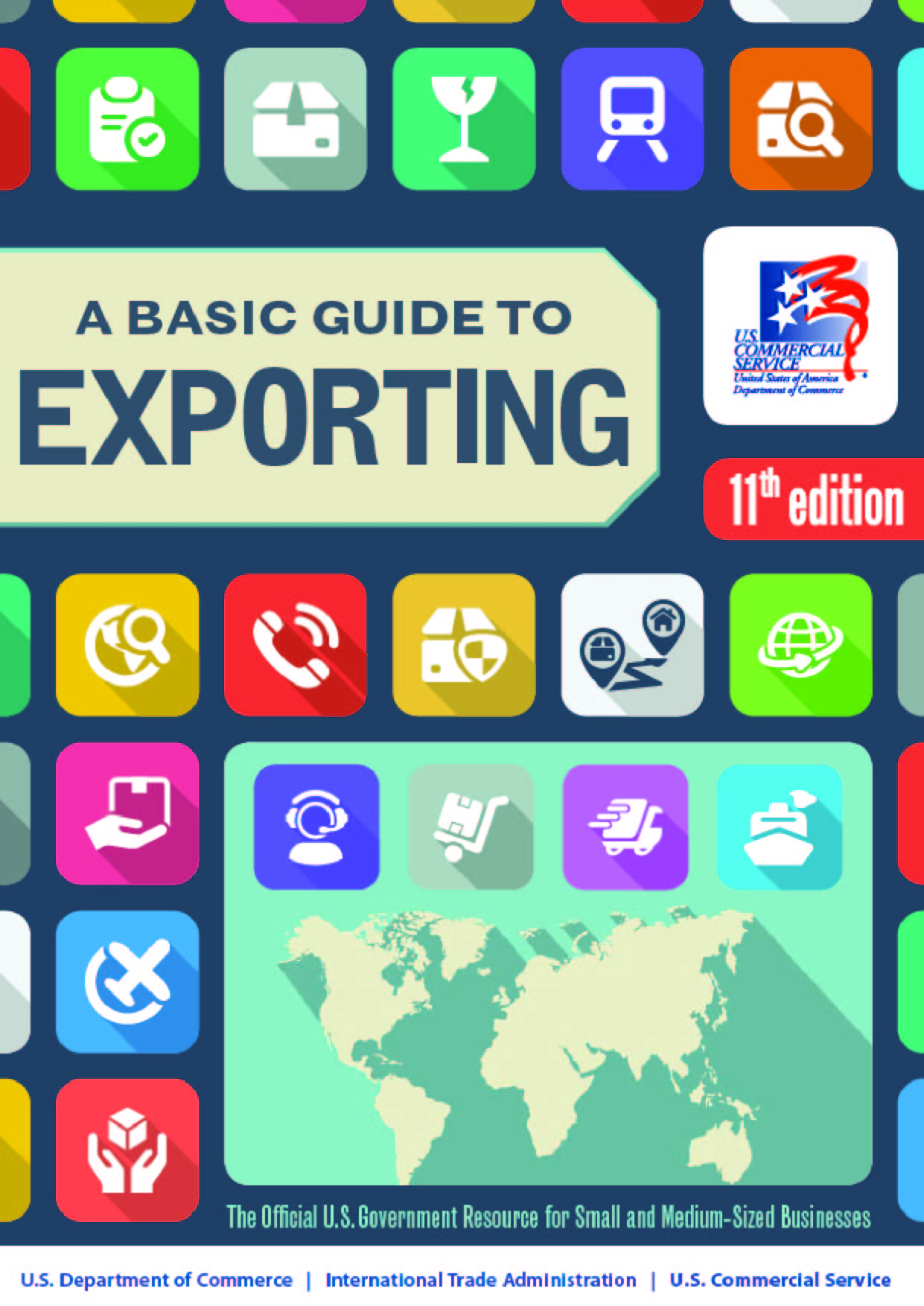Theory Building Activities: Mountain Terrorist Exercise
This module poses an ethical dilemma, that is, a forced choice between two bad alternatives. Your job is to read the scenario and choose between the two horns of the dilemma. You will make your choice and then justify it in the first activity. In the second activity, you will discuss your choice with others. Here, the objective is to reach consensus on a course of action or describe the point at which your group’s progress toward consensus stopped. The Mountain Terrorist Exercise almost always generates lively discussion and helps us to reflect on of our moral beliefs. Don’t expect to reach agreement with your fellow classmates quickly or effortlessly. (If you do, then your instructor will find ways of throwing a monkey wrench into the whole process.) What is more important here is that we learn how to state our positions clearly, how to listen to others, how to justify our positions, and how to assess the justifications offered by others. In other words, we will all have a chance to practice the virtue of reasonableness. And we will learn reasonableness not when it’s easy (as it is when we agree) but when it becomes difficult (as it is when we disagree).
The second half of this module requires that you reflect carefully on your moral reasoning and that of your classmates. The Mountain Terrorist Exercise triggers the different moral schemas that make up our psychological capacity for moral judgment. Choosing one horn of the dilemma means that you tend to favor one kind of schema while choosing the other horn generally indicates that your favor another. The dominant moral theories that we will study this semester provide detailed articulations and justifications of these moral schemas. Reflecting on your choice, the reasons for your choice, and how your choice differs from that of your classmates will help you get started on the path of studying and effectively utilizing moral theory.
The following scenario comes originally from the philosopher, Bernard Williams. It is also presented in introductory ethics textbooks (such as Geoffrey Thomas’ An Introduction to Ethics). The first time this module’s author became aware of its use in the classroom was in a workshop on Agriculture Ethics led by Paul Thompson, then of Texas A&M University, in 1992.











